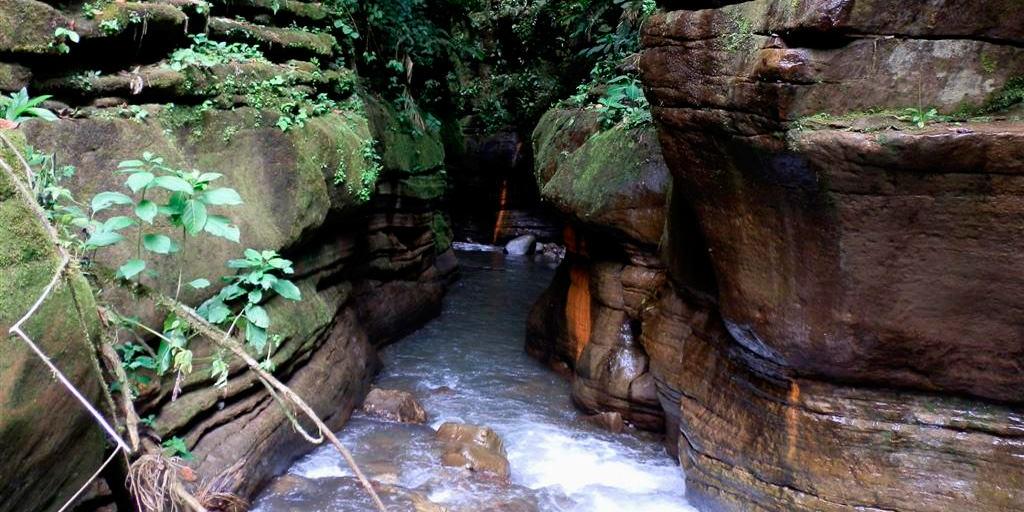Ecuador Tayos Cave – Cueva de los Tayos
The origin of this name is for the birds that live inside, which are called Tayos. Additionally, Tayos Cave, located near the Río Coangos, is situated in the Morona Santiago province of Ecuador. This area is characterized by dense Amazon rainforest and the Shuar culture. Notably, UNESCO designated it as a Natural Heritage Site, specifically within Sangay National Park.
Oilvirds living inside Tayos Cave
This place formed about 200 millons years BF. Also the cave have an elevation of 800m, the largest of three entrances is 65 meter deep (almost a building of 20 floors). Coord: 77° 47’34”W and 1°56’00”S
Cave of the oilbirds
In 1964, Juan Moricz claimed that he had found a metallic library and other artifacts of a lost civilization in a cave in Ecuador. Subsequently, Eric Fontane requested photos and information from Moricz and authored a book titled The Gold of the Gods, which became a bestseller and was translated into 25 languages.
Following this, Stanley Hall, inspired by Fontane’s work, received support from the British Government in 1976 and traveled with 35 scientists. Including Neil Armstrong, the first man on the moon, to investigate the cave.
He said that “The cave Tayos is not an archaeological monument but is geological. The cave is morphological ancient formations which are naturally not been modified by man. Being one of the most important in South America”.
Inside there is a big location called Cathedral (altitude: 12 m, longitude: 20 m), formed naturally by water and rockslides in different shapes. Geolocally it is formed by limestones, tectonic movements absoved by water in a process of millon of years creating passageways, waterfalls and water seepage .
Carlos Crespi Croci and one of his colecction
Father Crespi an italian priest had a big collecion from Tayos Cave, given by shuars as gifts. He had more than 5000 objects, 3000 of them were gold with gemstones. Stanley Hall met Crespi before he went to the caves.
- Google Earth of Tayos Cave
- View Tayos Cave in a larger map
- Crespi Carlo Croci collection (Ecuador), and Inca pieces.



Comments